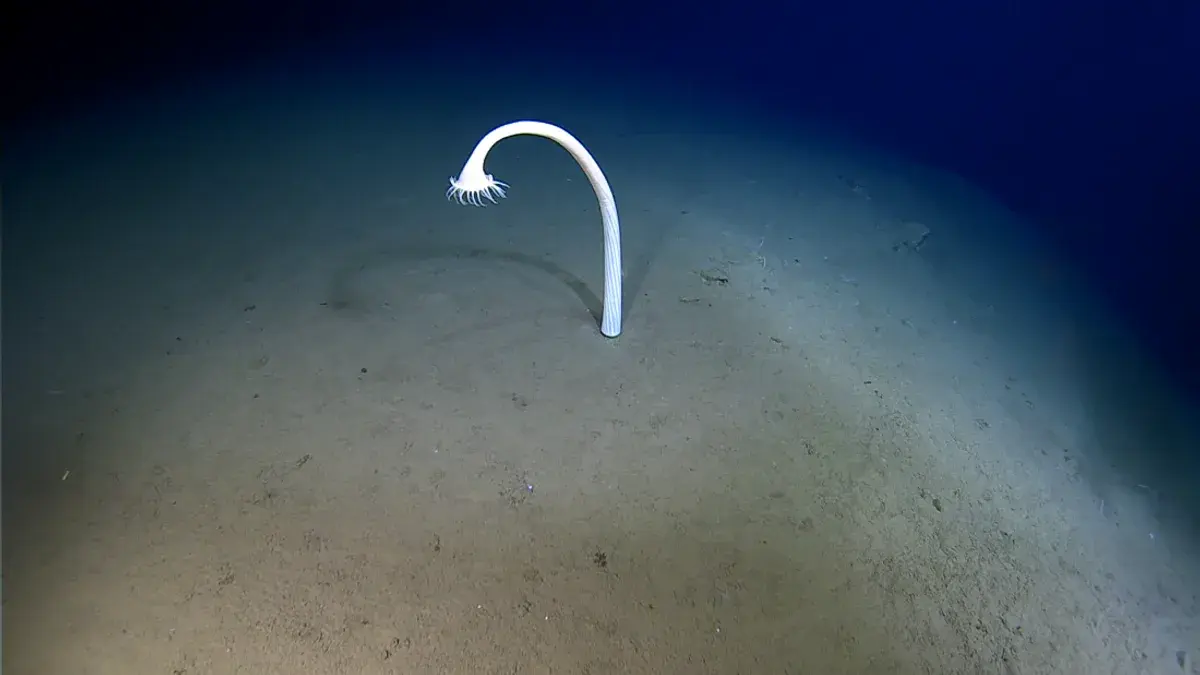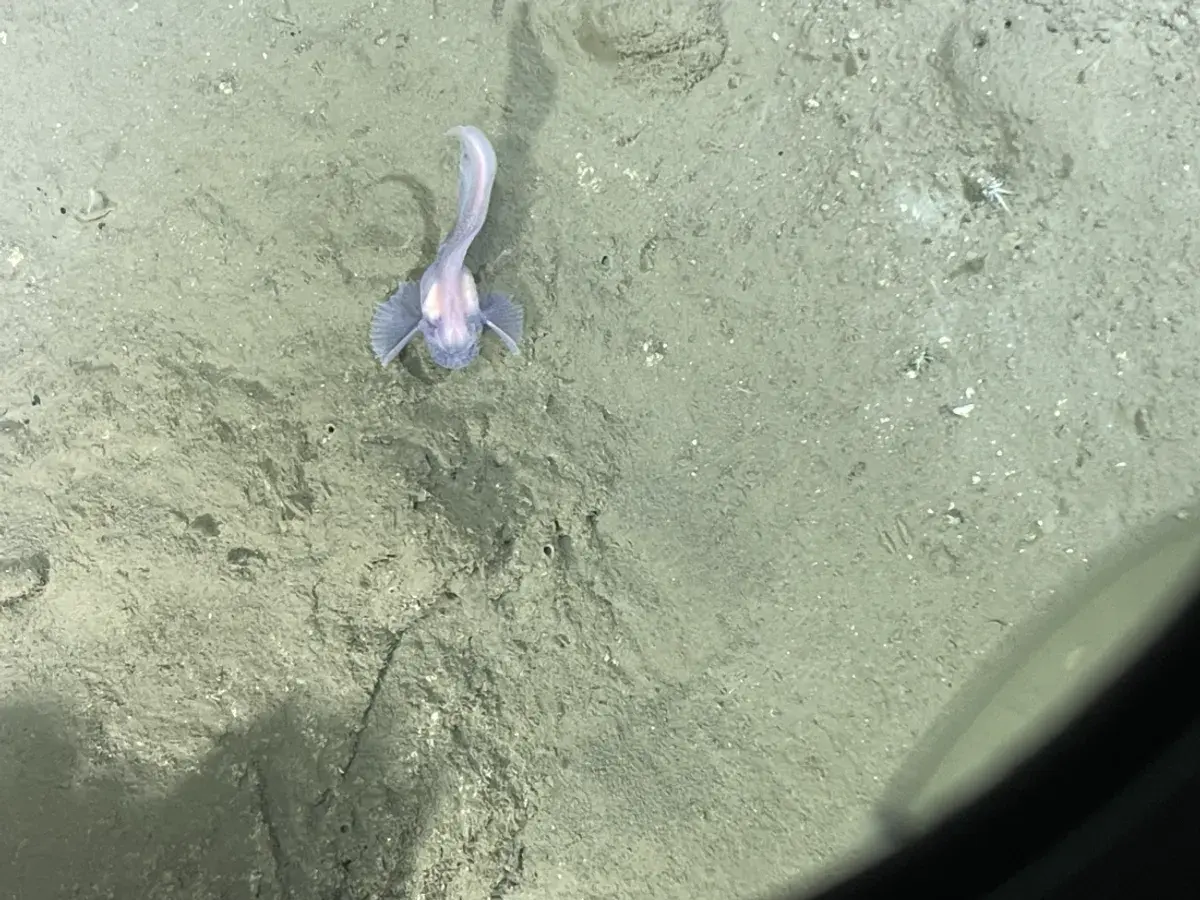 There’s a prevailing belief that we know more about the surface of the than we do about the ocean floor. To bridge this gap, participants in the “Ring of Fire” expedition set out to explore the depths of extremely deep trenches in Japanese waters.
There’s a prevailing belief that we know more about the surface of the than we do about the ocean floor. To bridge this gap, participants in the “Ring of Fire” expedition set out to explore the depths of extremely deep trenches in Japanese waters.
One of the deepest-sea creatures discovered during their dive to 9,800 meters was the gloomy sea anemone.
Incredible Dives
Manned submersibles plunged into the most extreme zone—the hadal zone, which lies deeper than 6,000 meters and is characterized by massive trenches formed by tectonic plate collisions. Life in this environment seems impossible due to the harsh conditions: immense pressure, frigid temperatures, complete darkness, and a lack of food. Yet, biologists found organisms that have adapted to this inhospitable habitat.
The team surveyed depths ranging from 6,939 to 9,775 meters across three subduction trenches: the Japan Trench, the Ryukyu Trench, and the Izu-Ogasawara Trench. This unprecedented research into the ocean’s deepest zone truly strange inhabitants in their natural surroundings.

“This work is one of the most detailed studies of biodiversity in the hadal zone to date,” said Denise Swanborn, a research scientist at the Centre for Deep-Sea Research at the University of Western Australia and the lead author of the study, in an interview with IFLScience. “The bulk of our knowledge has come from data collected from stationary landing platforms or trawl samples, which complicates our understanding of how organisms live in their natural environment and what local factors determine their distribution.”

Among the notable discoveries were a large meadow of sea lilies at a depth of 9,100 meters, schools of elpidians from the deep-sea cucumber family (7,500 m), and the beautifully winged pseudoliparis fish (7,300 m).
The video provided by the Caladan Oceanic/Inkfish/Minderoo-UWA Centre for Deep-Sea Research showcases some highlights of the expedition, illustrating the marginal environment and its inhabitants.
“Reviewing the footage is incredibly exciting. Whether you’re a scientist inside a submersible or a crew member on board, nothing compares to the realization that you are among the first to witness these places,” Dr. Swanborn remarked.
The findings of the study were published in the journal Biogeography.
